
On our new weekly podcast, two friends separated by the Atlantic take questions and compare notes on everything from charcuterie trends to scone etiquette.
Listen NowPopular on Food52
10 Comments
Jade
December 11, 2023
kunin ang iyong libreng spin at libreng pesos i-claim ito ngayon sa apps store!!! | phlwin: https://play.google.com/store/apps/details?id=com.ph.win.app
Eric B.
November 25, 2015
Awesome tips and very good foods, I love this ketchup products so much, that I share this with my family and friends.. With a simple touch of jufran the flavor explodes, so amazing feeling while relaxing at the same time.. For that I always order this online at https://www.goods.ph with their awesome delivery service, it made possible.. I love to thank jufran for completing mg daily breakfast..
mcs3000
September 23, 2015
Great post. If you're interested in learning more about Filipino food, one of my fav blogs is from Jun Belen. http://blog.junbelen.com
HalfPint
September 22, 2015
Filipino cuisine looks poised to be the 'It' cuisine this year or next (my pet theory based on articles, blogs, restaurant menus, and social media). Just like kimchi, it's taking mainstream America time to get accustomed to the sweet/salty/sour/pungent flavor profile of Filipino dishes, not to mention some of the more challenging delicacies like balut and pig's blood. There's also the Filipino sense that Americans won't like the food (they even have a word for this, "hiya"). Now we just need a gateway food, like pho, bulgogi, or pad thai, to gently lead more people through the 'door'. I'm nominating sisig, because it's delicious, benign in appear, and so much fun to say!
kristine
September 22, 2015
Different regions have varying preparations but the most common are pork jowls, ears, liver, and brain. jowls and ears are boiled then broiled or fried then chopped. the liver is boiled and chopped. brain is boiled then mashed when all the meats are combined. Chopped onions and chilis are then folded into the mix. This is seasoned with salt, pepper, and calamansi. Some regions add vinegar for more tang or replace brain with mayonnaise. Commonly served on a sizzling plate then topped with raw egg. It is often served as bar food but is also yum in a taco or served with rice.
HalfPint
September 23, 2015
Sisig is traditionally made with a pig's head , but can be made with pork belly. http://andrewzimmern.com/2014/09/08/pork-belly-sisig/
I've had it made with beef and chicken too.
I've had it made with beef and chicken too.
Patricia R.
September 23, 2015
Sisig doesn't need to go anywhere near Bizarre Foods territory. My (filipino) parents' friends always bring over a version with chopped crispy pork belly with onions and peppers (jalapenos, I think) cooked with vinegar and coated with mayonnaise. It's kind of like a vinegary chicken salad, but with crispy-skinned pork cubes and peppers. It's the kind of thing that you can't stop eating even when you think you're full.
HalfPint
September 23, 2015
@Patricia Ruiz, most definitely. Sisig like most beloved foods have many variations even in the Philippines. I've never had the version with the pig's head and offal, but what I've had is so 'mainstream-friendly' and soooo good.
amysarah
September 22, 2015
I've wondered why Filipino food has never become the 'it' cuisine, like Korean. Happy to see this. I know very little about it - though I've been experimenting with chicken adobo's for a while. I was introduced by a friend who's a wonderful cook, originally from Curacao, who grew up in Holland, and married a Filipino - amazing Indonesian, Caribbean and Filipino food ensued. Looking forward to trying this recipe and learning more!
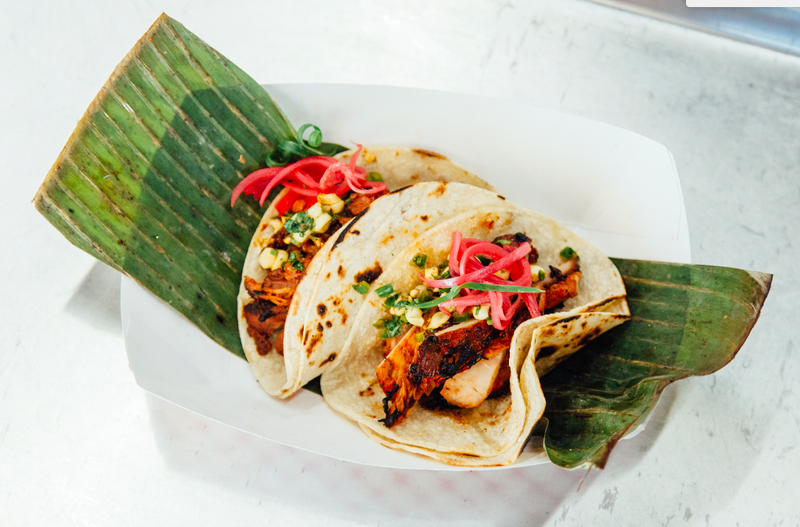
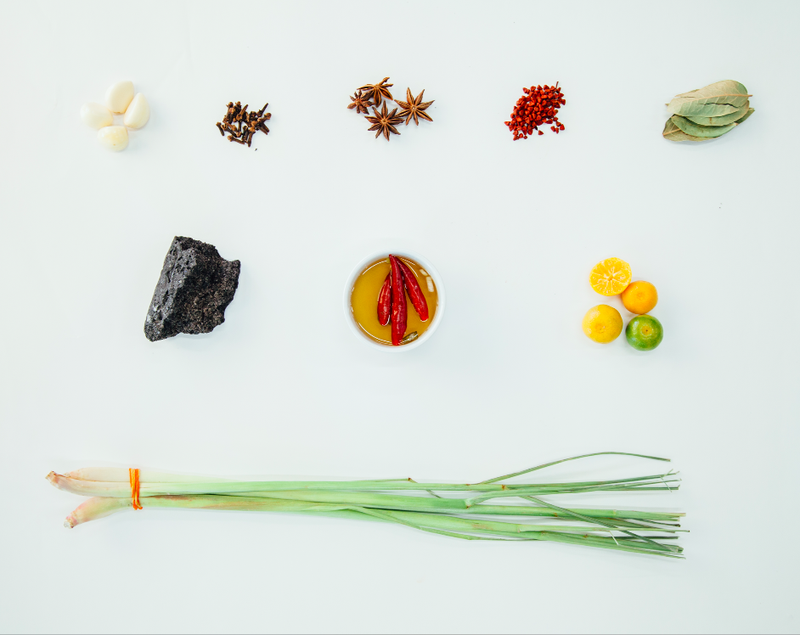
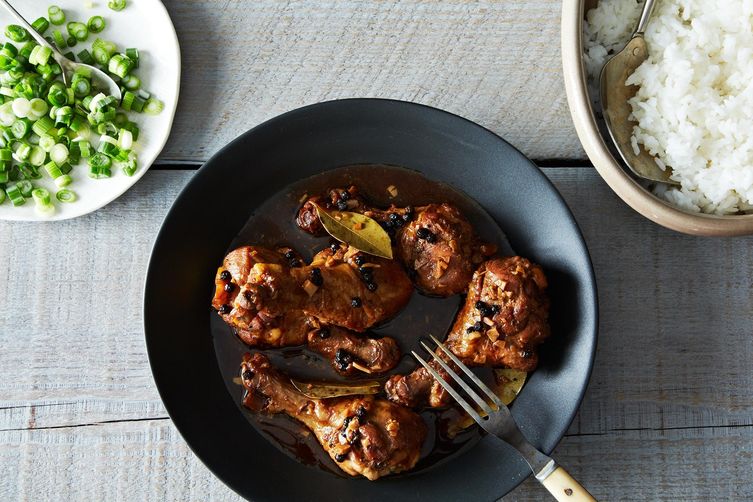
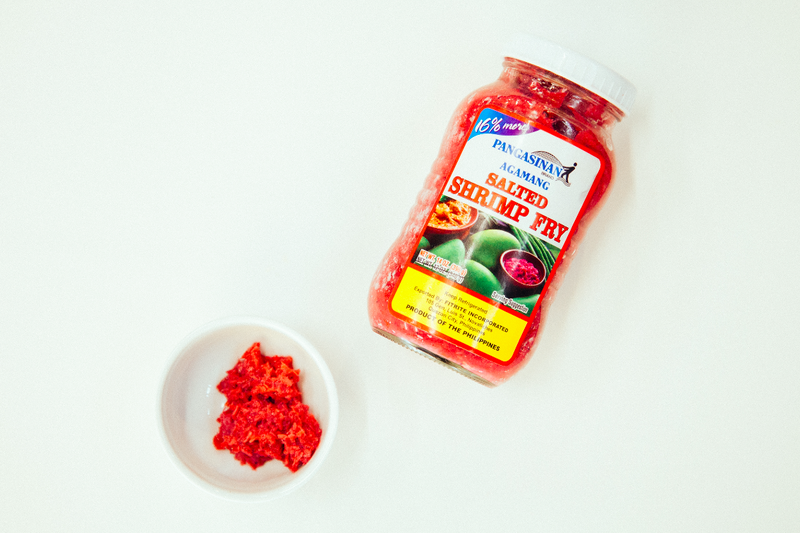

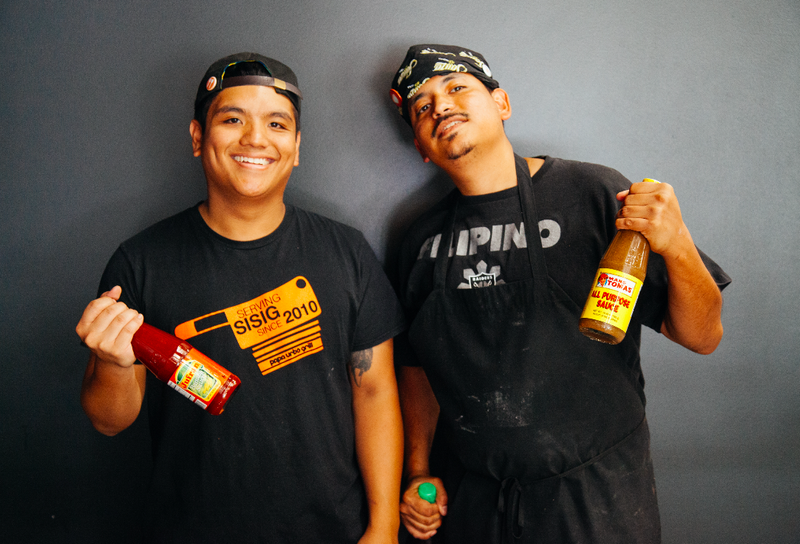
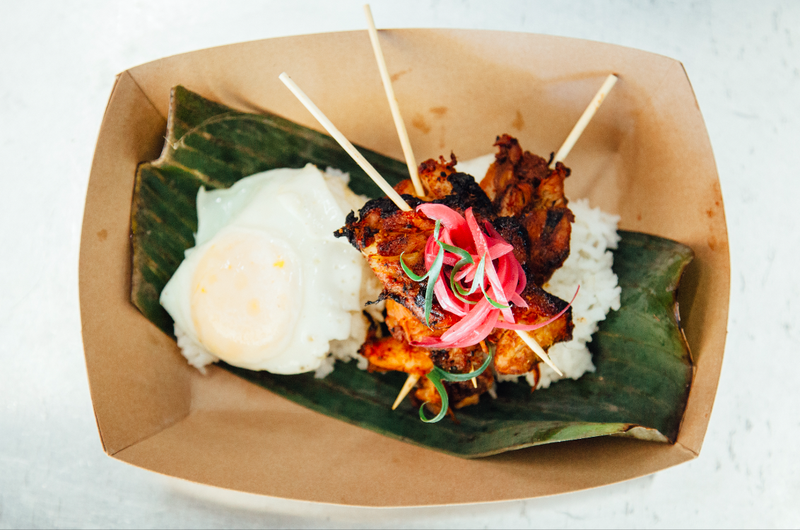
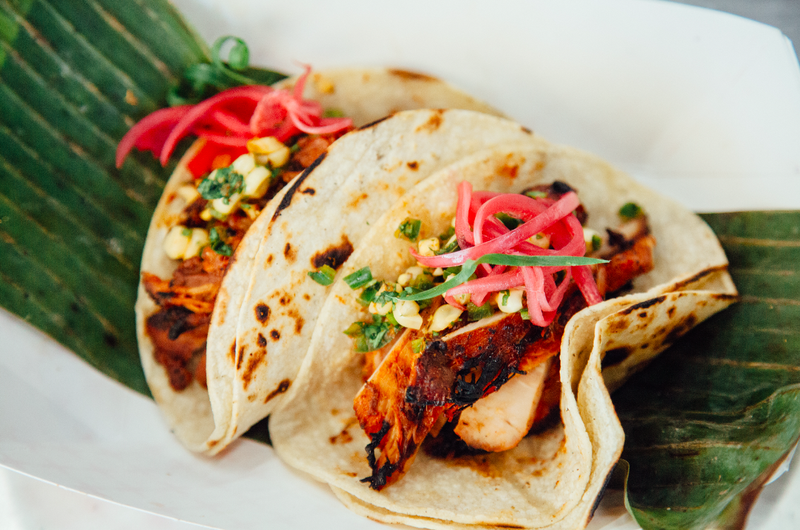

See what other Food52 readers are saying.